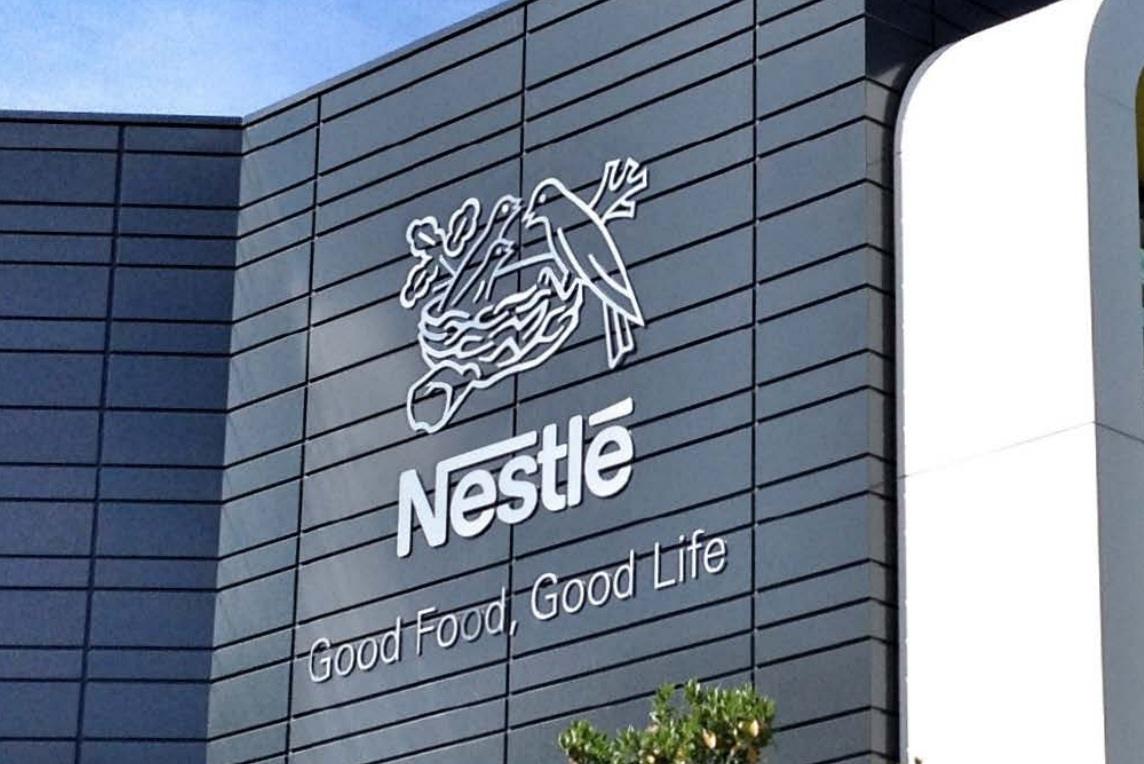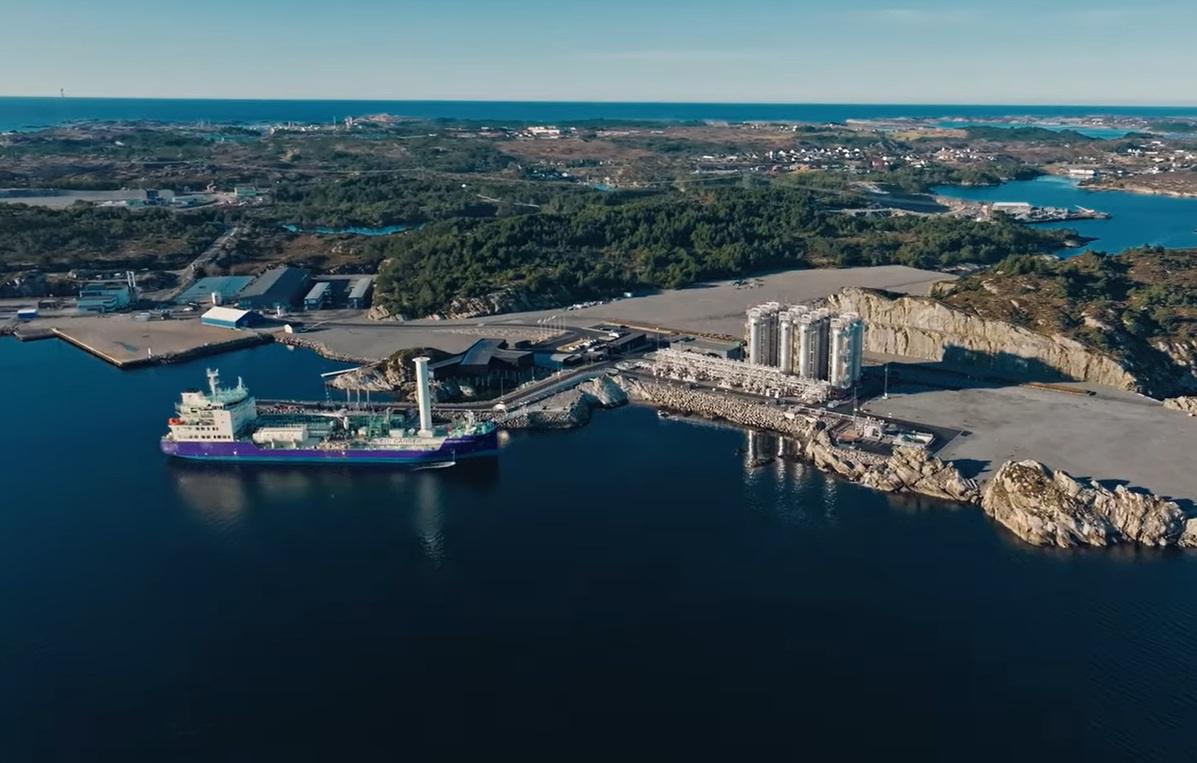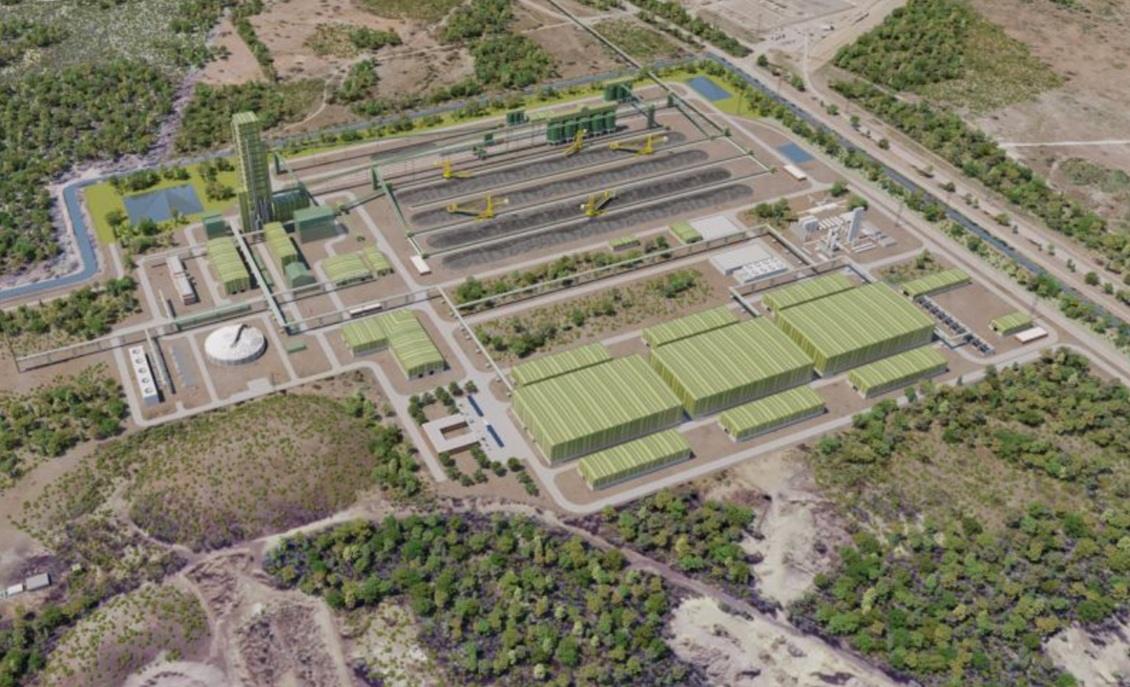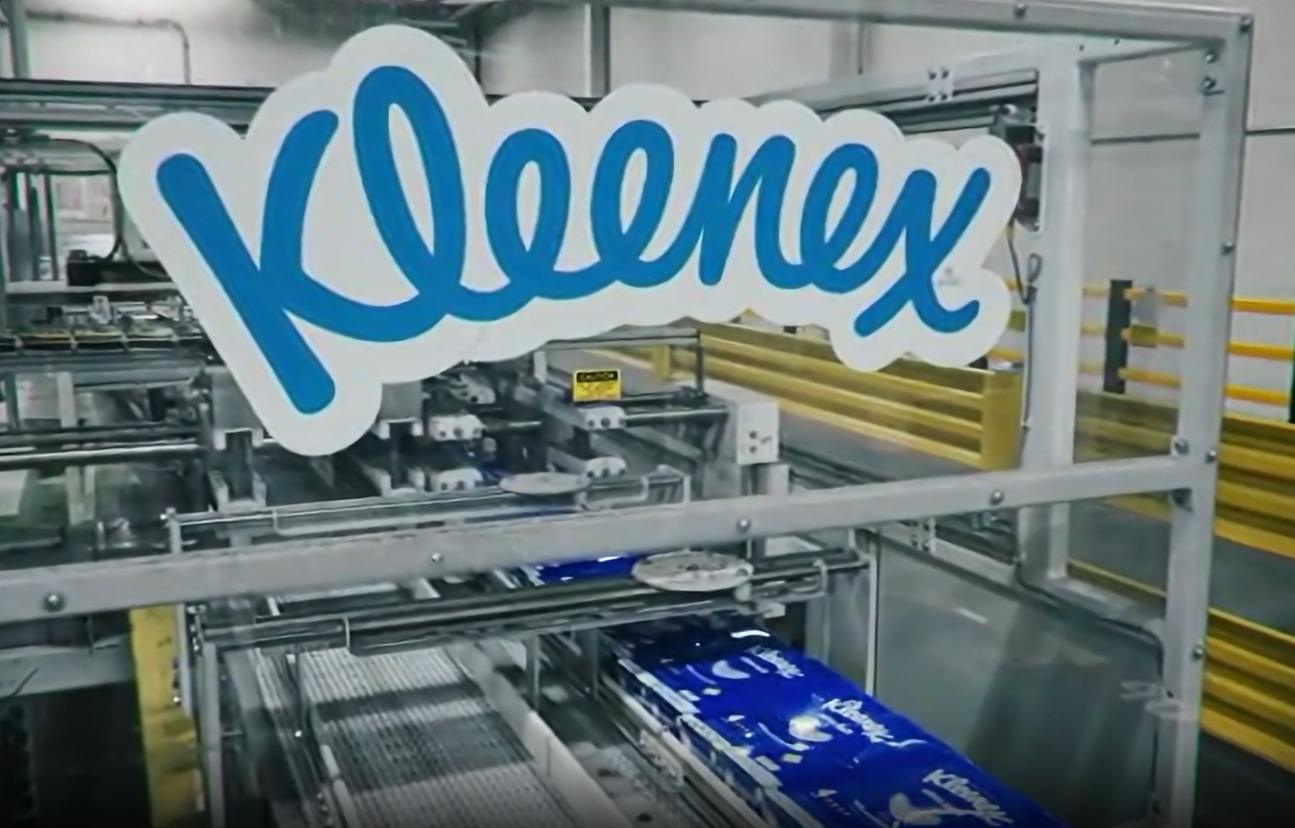Nestlé Moves Away from Carbon Offsets to Focus on Emissions Reductions Across Brands
Global food and beverage company Nestlé will shift away from the use of offsets to achieve carbon neutral brands, focusing instead on actual emissions reductions in its operations and value chain, according to a company spokesperson, following media reports that the company was walking away from carbon neutral pledges for some brands.
In the statement, the Nestlé spokesperson said:
“We are moving away from investing in carbon offsets for our brands to invest in programs and practices that help reduce GHG emissions in our own supply-chain and operations, where it makes the most difference to reach our net zero ambition.”
Nestlé announced a commitment in 2019 to achieve net zero greenhouse gas (GHG) emissions by 2050, and in 2020 the company published its “time bound plan” to reach its climate goals, which also include targets to achieve a 20% emissions reduction by 2025 and 50% by 2030.
In addition to efforts targeting agricultural emissions and transitioning to 100% renewable electricity, the plan included a pledge to be “continuously increasing the number of ‘carbon neutral’ brands.” The company’s Net Zero Roadmap explains that in order to achieve carbon neutrality at the product level, GHG emissions from all stages of the product’s life cycle would need to be reduced or removed “or, as a last resort, accounted for through a system of offsets resulting in a product that has a carbon footprint of zero.”
While the use of offsetting practices to account for emissions that are more challenging to eliminate forms part of most companies’ net zero plans, some companies’ climate pledges are coming under increasing scrutiny for relying too heavily on offsetting schemes rather than on actual emissions reductions. A recent study of high-emitting companies by climate-focused non-profits NewClimate Institute and Carbon Market Watch, for example, found that the companies plan to offset between 23% and 45% of their combined emission footprint, and that the amount of land-use related offsets included in corporate climate strategies would significantly outstrip the global availability of such assets.
95% of Nestlé’s GHG emissions come from the company’s value chain, including around two-thirds from sourcing ingredients, and only around 5% from its direct operations. One of the company’s key emissions reduction initiatives includes advancing regenerative agriculture and farming practices, such as improving soil health, integrating trees into livestock foraging areas, switching to organic fertilizers and increasing the ability of farmland to store carbon. The company has pledged to invest CHF 1.2 billion in regenerative agriculture initiatives across its supply chain by 2025, and to source 50% of its key ingredients through regenerative agriculture methods by 2030. The company is also pursuing initiatives to improve the sustainability of its packaging and logistics, the second and third most significant sources of its carbon footprint, respectively.
The spokesperson added:
“Our net zero roadmap does not rely on offsets. We focus on GHG emissions reductions and removals within our value chain to reach our net zero ambition.”






